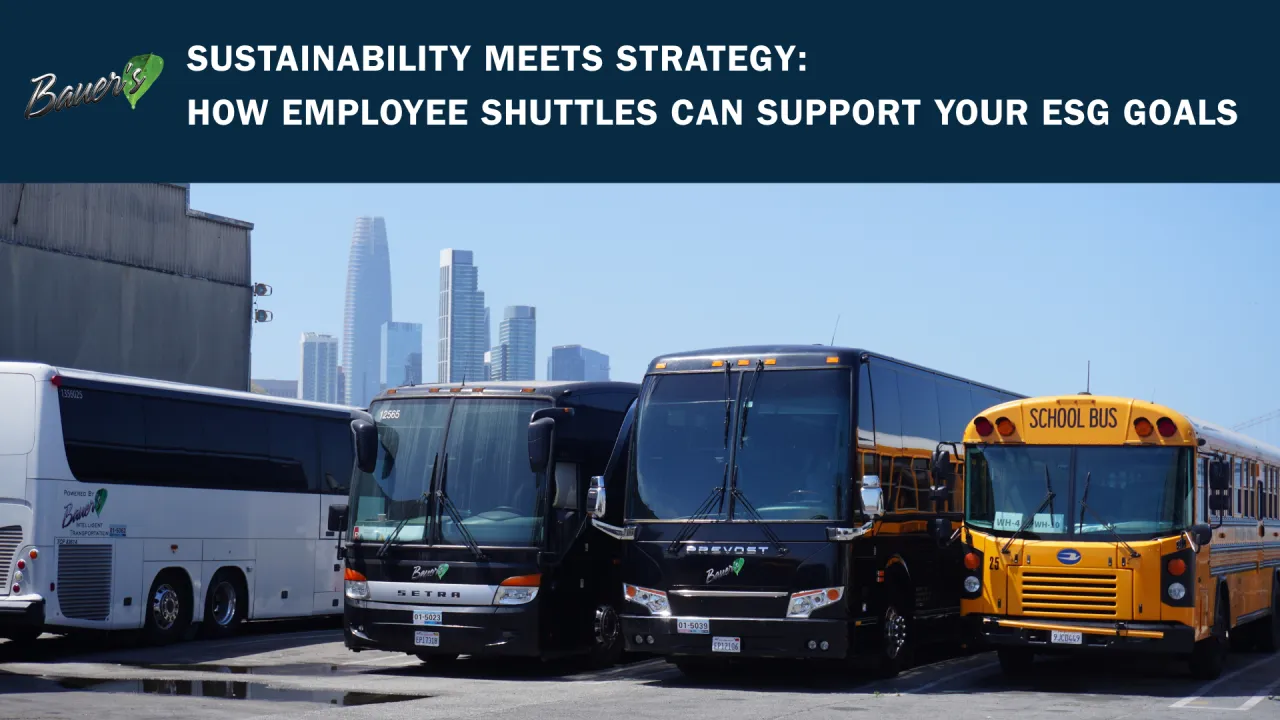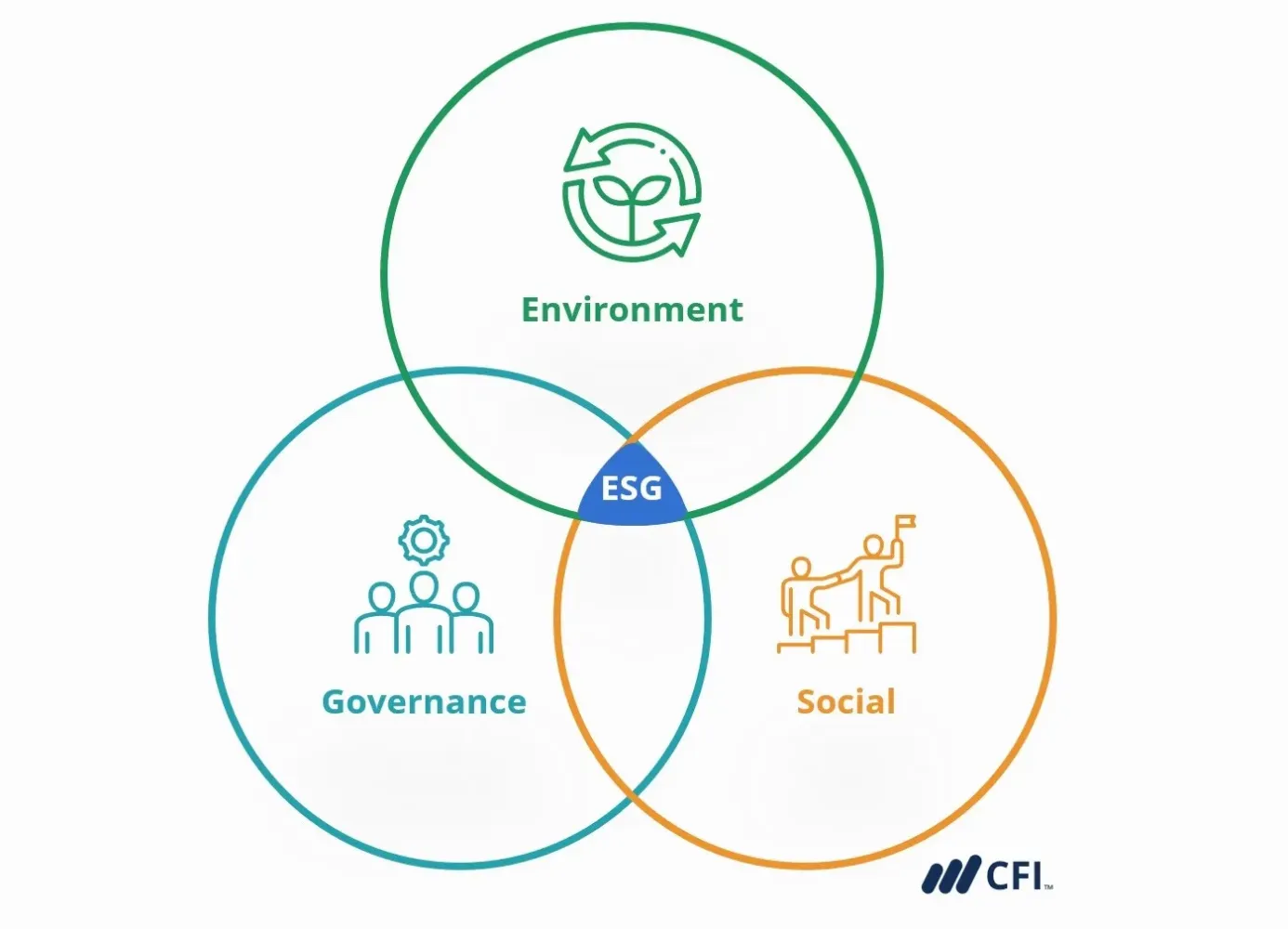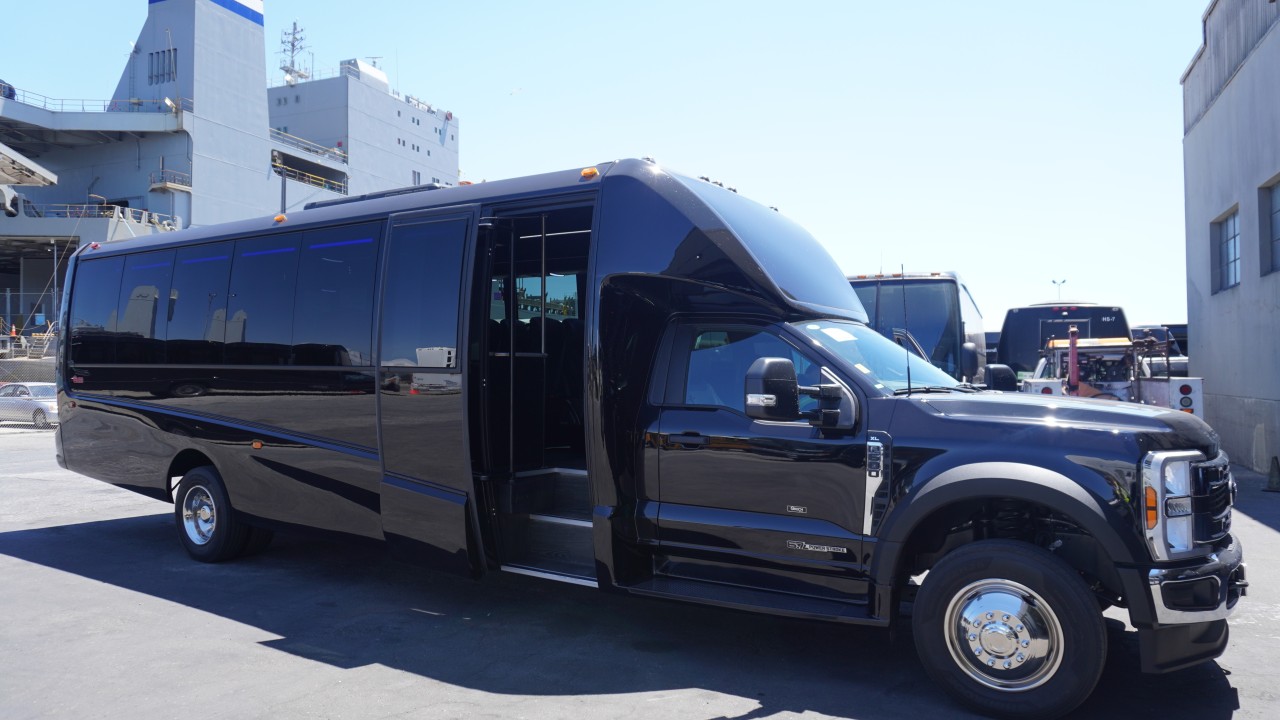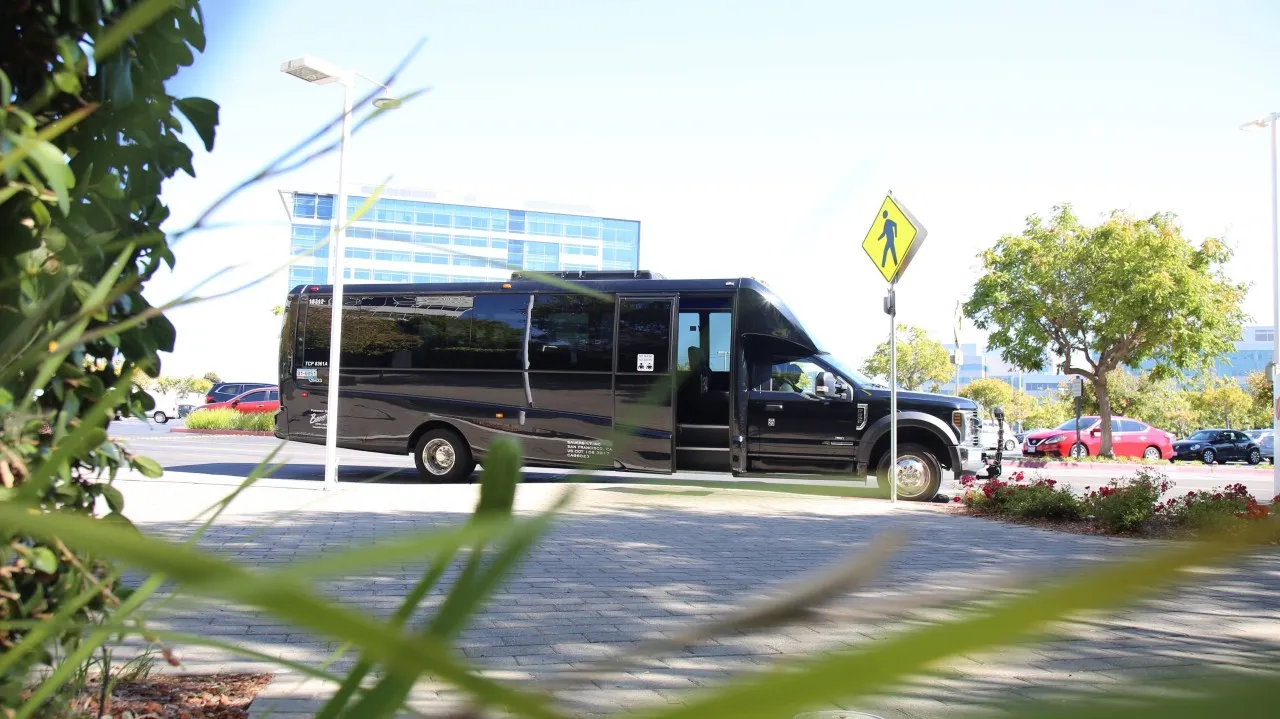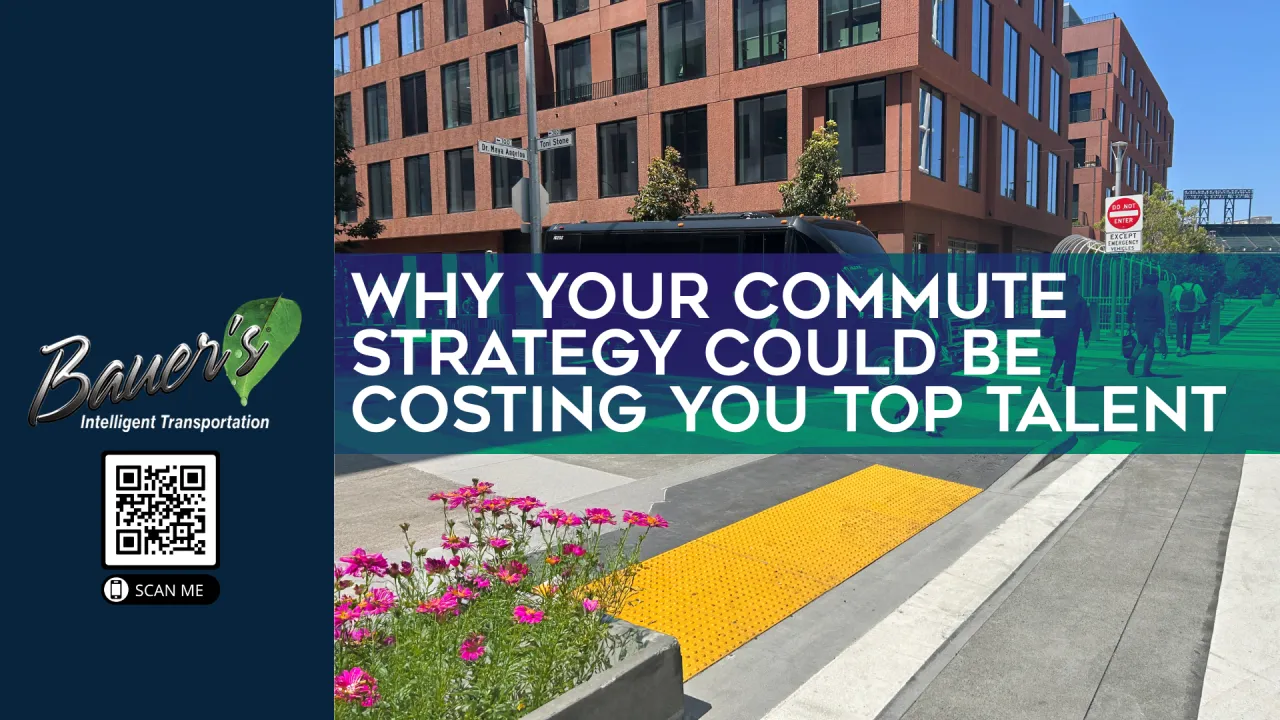Despite this, many overlook one of the most impactful, scalable ways to cut carbon and boost employee satisfaction: commuter shuttles. Smart shuttle programs don’t just move people; they move the needle on your ESG goals.
1. What is ESG and Why Should You Care?
ESG (standing for Environment, Social, and Governance) isn’t just a buzzword. Investors, regulators, employees, and customers are demanding real progress within these crucial categories. ESG performance is tied to risk, reputation, and profitability in the long run.
Scope 3 emissions (like employee commuting) are a major part of the corporate carbon footprint that contributes to a company’s ESG.
Incorporating shared shuttles into corporate commutes can reduce emissions by 45%.
Companies need measurable, reportable reductions – implementing commuter shuttle programs can get you there.
2. How Employee Shuttles Drive ESG Results
- Fewer single-occupancy vehicles → Lower carbon emissions and less congestion
- Reduced parking demand → More efficient land use and cost savings
- Equitable access to work → Supports DEI and transportation equity
- Improves employee well-being → Less commute stress, more productivity
Employee shuttles directly support ESG priorities by reducing emissions and improving access to equitable transportation.
Bauer’s Intelligent Transportation offers customized commuter programs to help companies lower their environmental footprint while enhancing employee experience. With top-tier amenities like onboard high-speed Wi-Fi and power outlets, riders can stay connected and productive. At Bauer’s IT we value every employee’s commute as an opportunity to support efficiency and well-being.
3. Hypothetical Impact: What a Shuttle Program Could Do For You
Let’s say your company has 200 employees commuting by car to the office daily, each driving an average of 30 miles round trip.
If just 50 employees switch to a commuter shuttle service:
- That’s 1,500 fewer vehicle miles traveled per day
- Over the course of a month (20 workdays), that’s 30,000 car miles avoided
- Using EPA averages, that’s roughly 12 metric tons of CO₂ emissions avoided per month
Over a year, that adds up to more than 140 metric tons of emissions saved – just by shifting 25% of your workforce to shared, sustainable transportation.
And that’s not including the added benefits such as lower parking demand, less traffic congestion and a smoother, less stressful commute.
This is a hypothetical scenario for illustrative purposes. Actual impact will vary based on location, route design, and ridership levels.
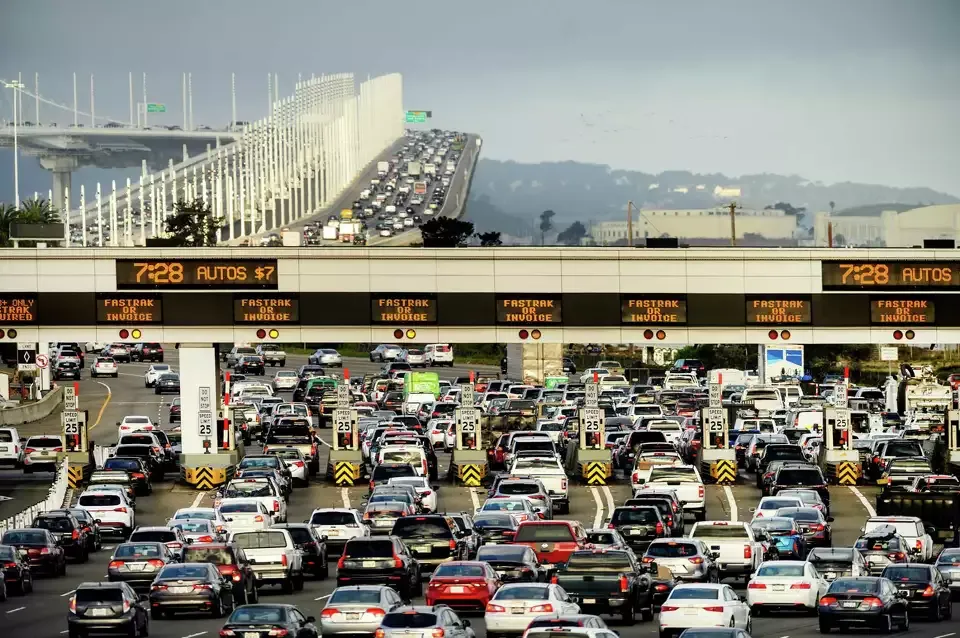
Employee shuttles create measurable data that supports ESG reporting – from reducing Scope 3 emissions to improved DEI participation and employee wellness.
Bauer’s IT works with you to discover the best possible opportunities for your commuters. Want to turn commuting into a climate solution? Let’s talk about how your commute program can make a measurable impact.
Subscribe to Updates
Get the latest news, updates, and exclusive offers straight to your inbox.


